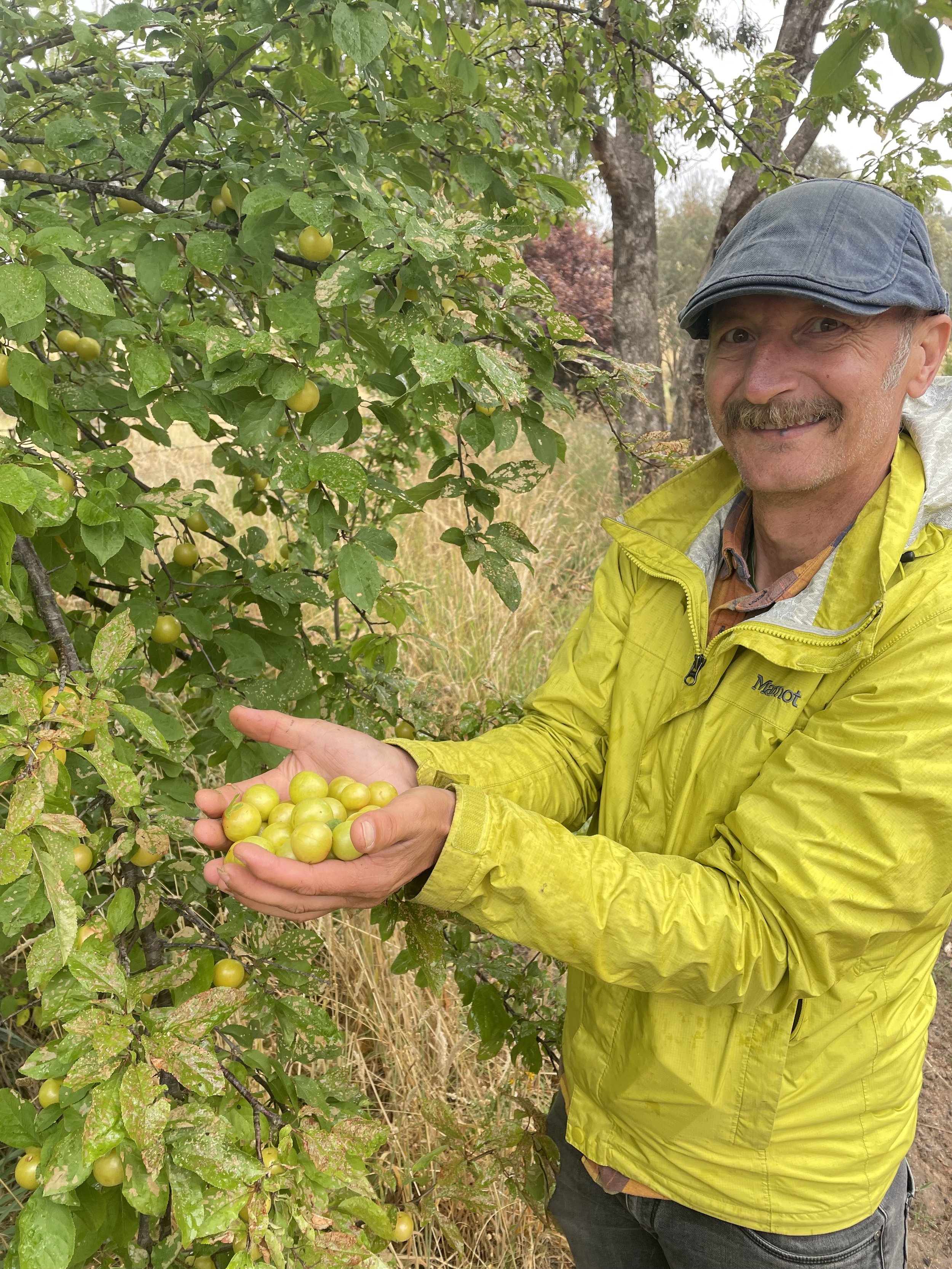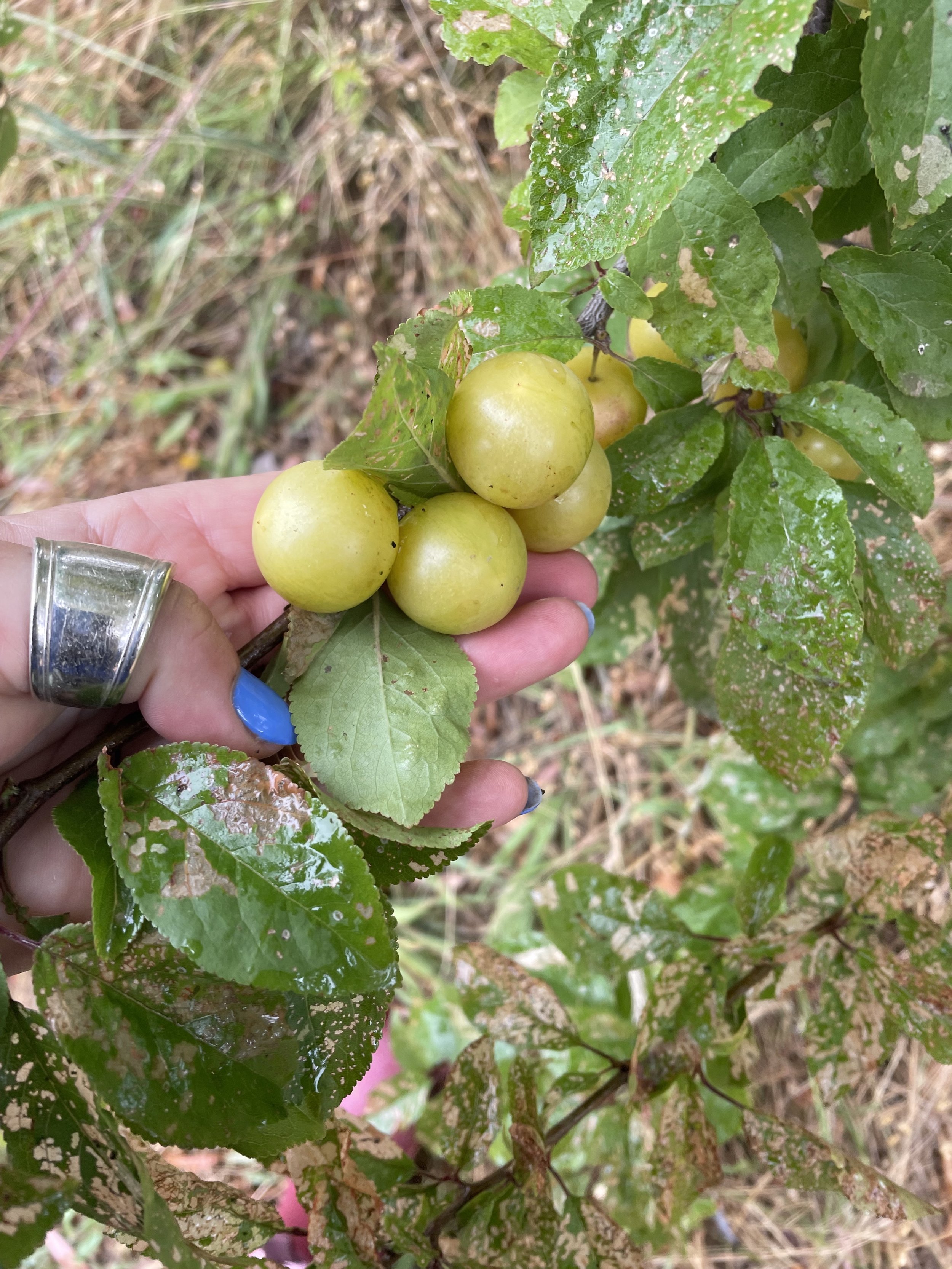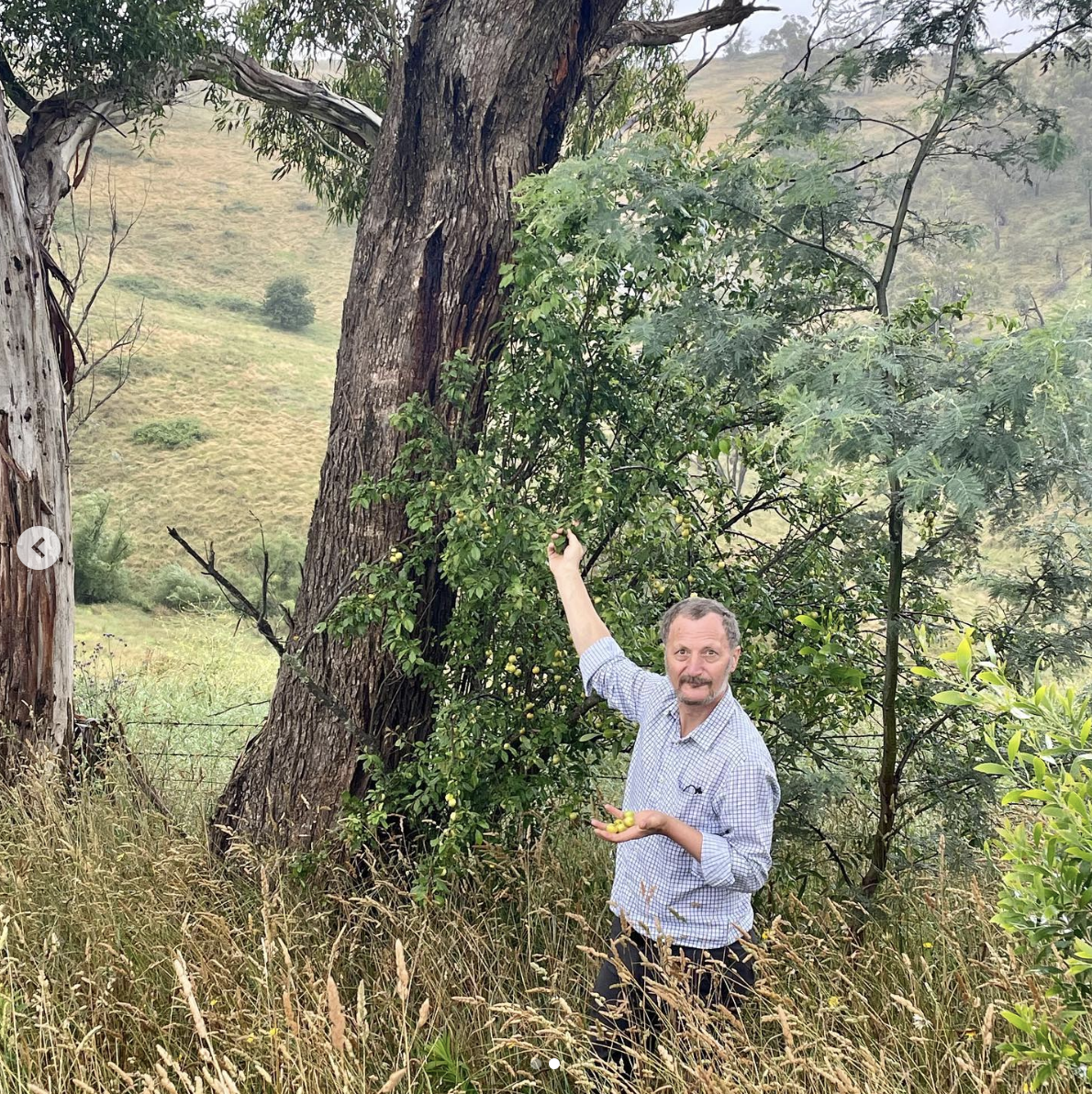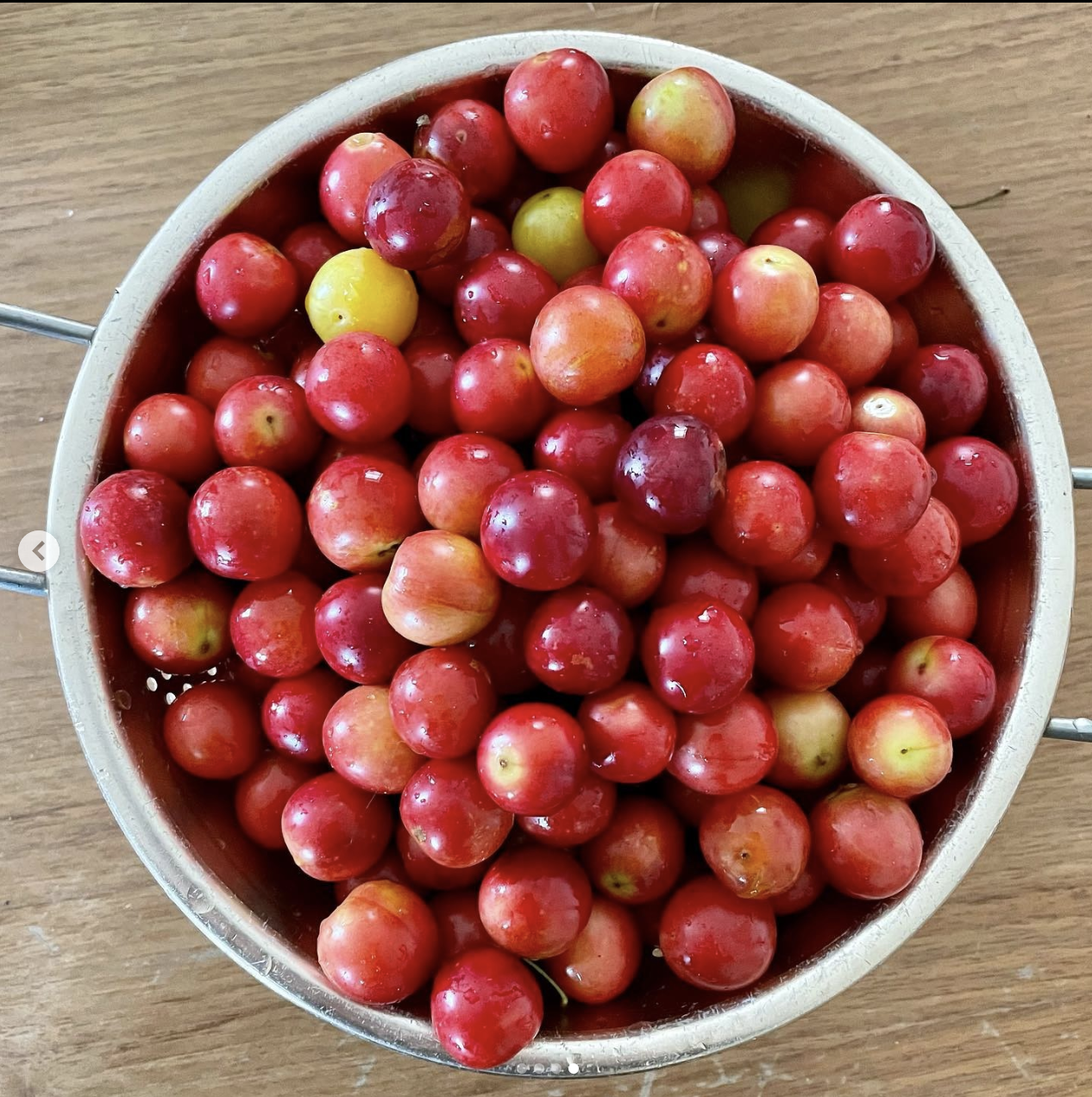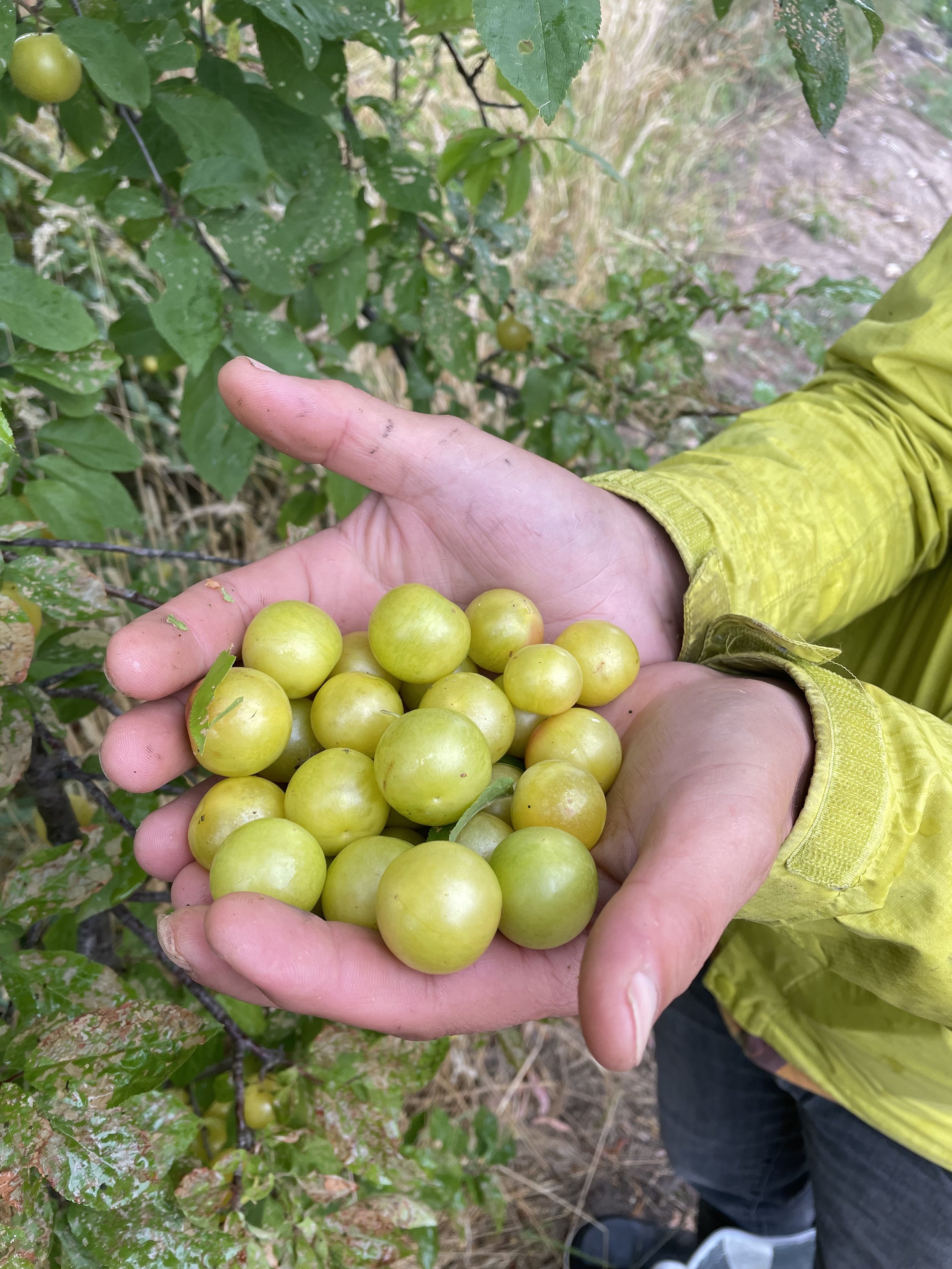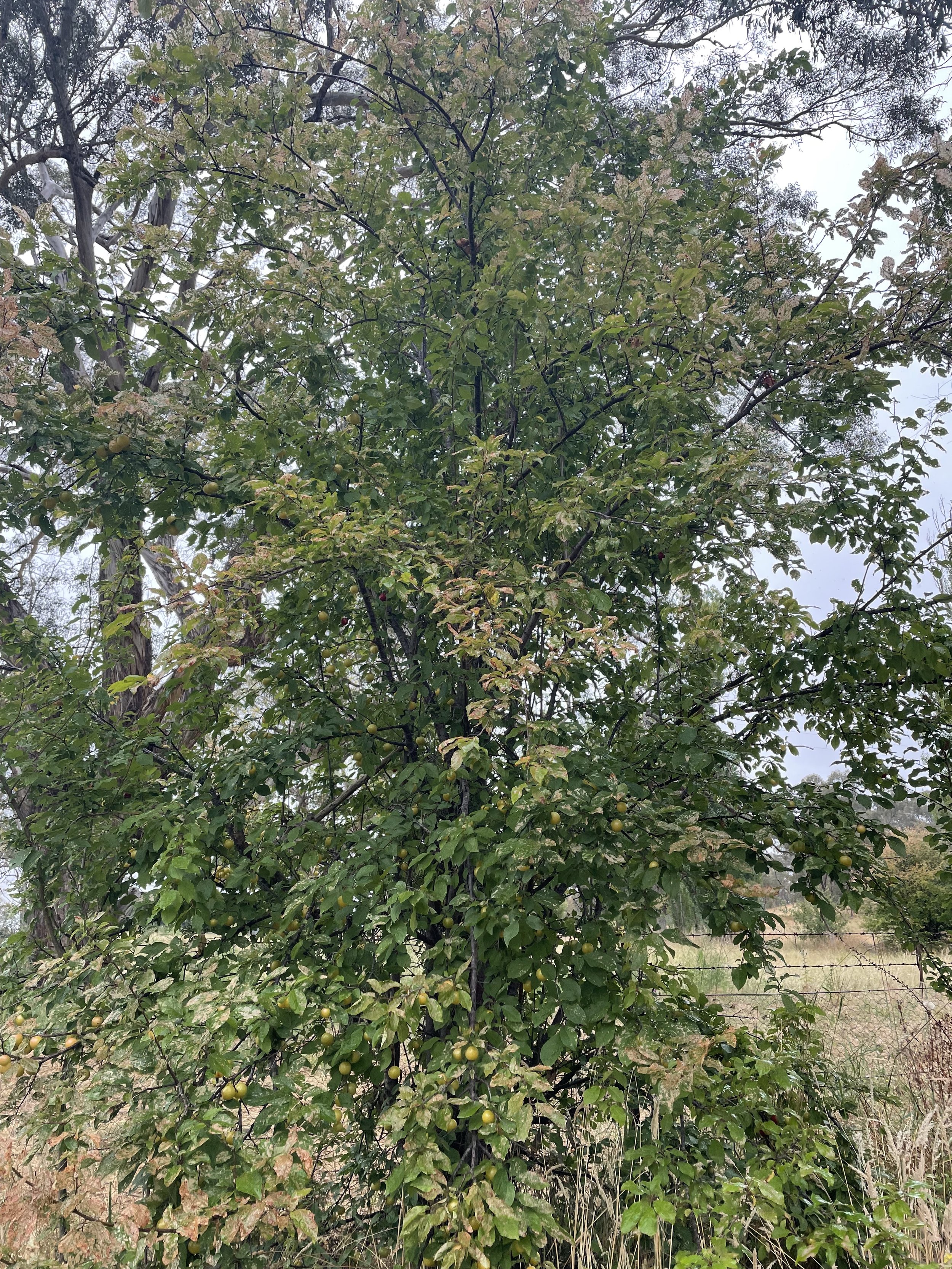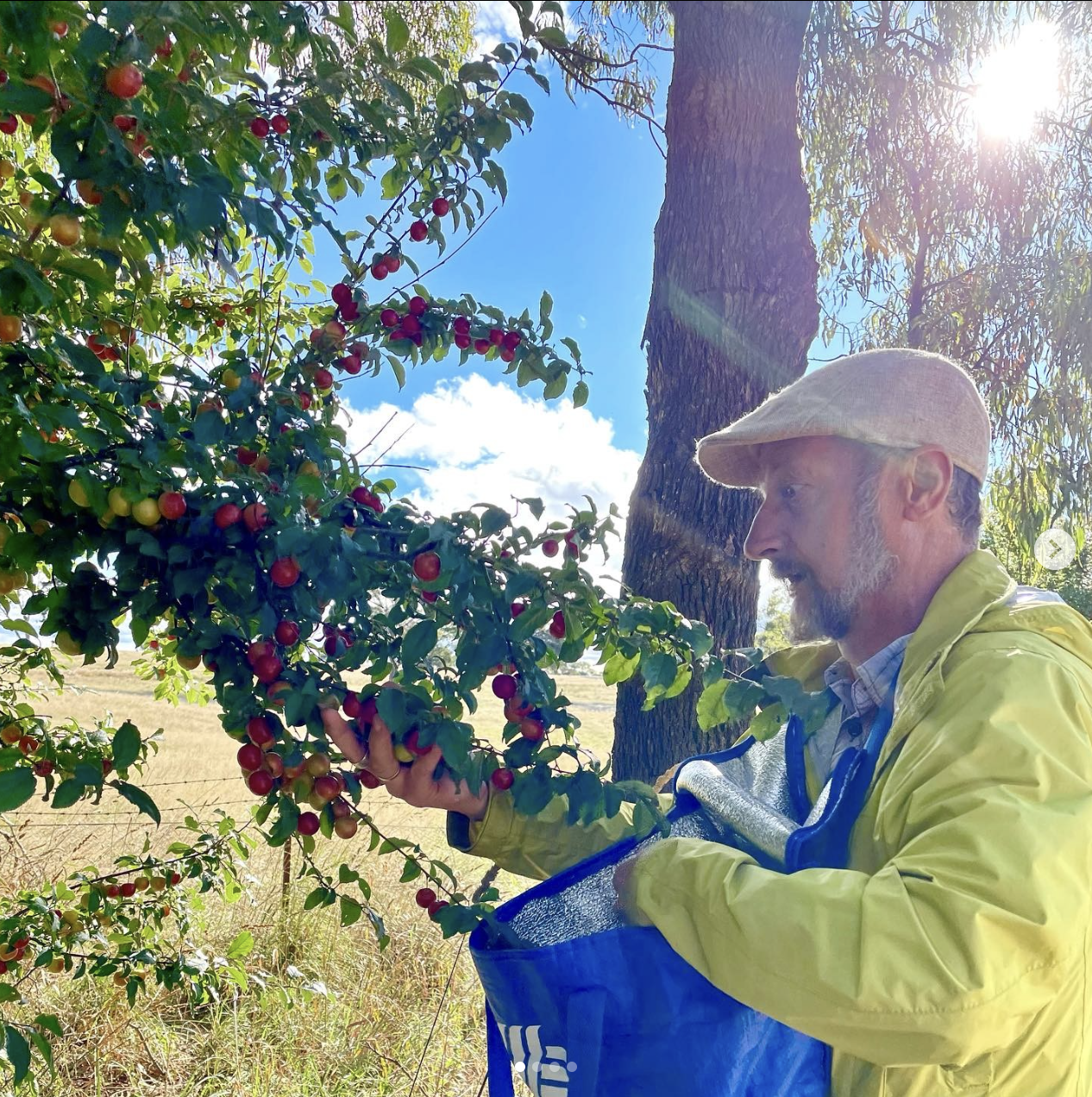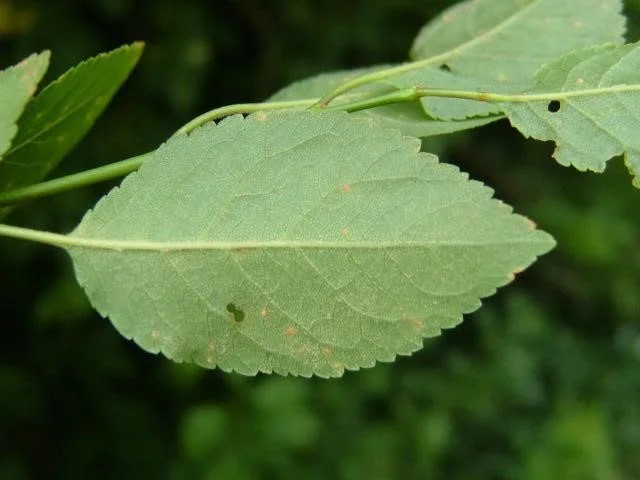Feral plums - the bounty in the country
If like me, you enjoy your country drives, you would be familiar with the rural sights along the road such as old shacks, lines of creatively built letterboxes, old quaint churches on hillsides, and feral fruits!
Indeed, one of the most rewarding harvests in southern Australia is the feral fruit lining country roads, and in summer, it is the season of feral plums.
Feral plums are runaway fruit trees that have established themselves in public areas. You might have some on your property but it is also common to see them along rural roads of NSW, Victoria, South Australia, and southwestern Western Australia.
These are just like the fruits trees that you have in orchards, but run wild, so they usually have smaller fruits, are unpredictable in terms of harvest quantities, and tend to be a ‘feral’ version of your store-bought fruits: sharp, damaged by pests and the elements, but also way more generous with the vitality that only a wild plant can give.
We love feral fruits so much that by now we’ve created a seasonal map, and when the time is right, we make sure to go and check on the local bounty. There is abundant, pesticide and fungicide-free food out there, and it only needs a little effort to collect enough to eat on the spot, bring home and share with your loved ones and preserve for the rest of the year.
How to identify Cherry plums
The most common feral plums we get in NSW are cherry plums (Prunus cerasifera) and they can be red or yellow when fully ripe, 2-3cm across. Cherry plum is part of the Rose family (Rosaceae)and is closely related (same genus, different species) to peaches, cherries, apricots, nectarines, prunes, and almonds. These fruit trees and shrubs have been cultivated into many of our modern-day stone fruits and are some of the oldest domesticated species.
The stone fruits all have similar leaves and flowers and a ‘stone’ (pyrena) which is a shell with a seed inside (kernel)
The leaves are ovate (shaped like an egg) and with sawtooth edges (serrated) 3-7 cm long.
The flower is white or pink (sometimes red), always with five petals, five sepals (outer petals), and with lots of ‘whiskers’ in the middle (stamens)- See image. Stone fruit trees are deciduous, meaning the leaves change colour in autumn, lose all of the leaves in winter and sprout new ones in springtime, together with the flowers.
Cherry plum flower showing the typical five petals of the prunus genus
Cherry plum leaves showing the sawtooth edges (serrated)
The part of the fruit that interests us is the flesh surrounding the ‘stone’ which when fully ripe becomes sweet and juicy. Summer road trip treats!
The best way to identify these beauties is when they are flowering or in fruit. Break the fruit in half and if it has a stone it is a stone fruit.
The tree or small shrub can grow up to 3-4m tall and when growing wild they form thick bushes with several branches sprouting from the ground. Be mindful, though, as sometimes it might have spikes on the branches.
Where to find feral plums.
Check out the map here from the Australia Virtual Herbarium. This map is for cherry plums only and there are other varieties with a wider distribution. Generally, the stone fruits prefer the temperate-cool environment of southeastern Australia and south of Perth.
As for the exact location you will need to find it yourself, and that is the best part of it all. Jump on your bicycle or car and go for wonder out on the country roads. The whole treasure-hunt adventure of finding your local fruit trees is one of the best experiences of foraging.
So get out there, find, locate and map your local trees, and make sure to be there for when the fruits are ripe.
Please note the ethics of foraging.
Feral fruits are public resources. They should be treated with respect and you should only harvest what you use at home. Harvest a bunch to preserve and leave plenty for other foragers and wildlife, who also enjoy these treats.
How to harvest and cook feral plums in Australia
Plum jam recipe
INGREDIENTS
2kg of fresh plums, cut in chunks, stones removed
1kg sugar
Juice of 2 lemons
Pinch salt
INSTRUCTIONS
Sterilise the jars by washing them thoroughly in soapy water, rinsing, and then placing them in a cold oven. Heat the jars to 110 degrees and leave for 10 minutes or until the jars are dry.
Sterilise the lids by washing in soapy water and then placing them in a small pot with enough water to cover. Bring to a boil and let it boil for 10 minutes. Remove lids from the pot and let dry fully.
Cut the plums into large chunks, discarding any heavily damaged sections and removing the stone.
Place a few clean metal spoons in the freezer, you will use these later to test the jam consistency.
Place all ingredients in the saucepan over medium heat and mash the fruit a little with a potato masher or large fork so you get a chunky texture.
Bring the mixture to a boil, stirring frequently. Continue to boil while keeping an eye on it, still stirring frequently, until the fruit is jammy and thick, about 20 minutes.
Check to see if the jam is set by taking a spoon from the freezer and dribbling several drops of the jam onto the back of the spoon. Wait a few seconds, and if the jam is to the consistency you want, it is ready.
Turn off the heat and transfer the jam into the sterilised glass jars, filling to 1cm from the top. Put the lid on firmly while the jam is still warm and turn it upside down as this will ensure a proper seal. Label and date your jars and store in a cool, dark place.
Further research
Australia Living Herbarium - Distribution map of Cherry plums
Wikipedia - On Cherry plums
Wikipedia - On stone fruit
Atlas of Living Australia - On feral stone fruit
The Forager’s Year - Feral plum Ketchup recipe
Her Canberra - Plum Syrup recipe


